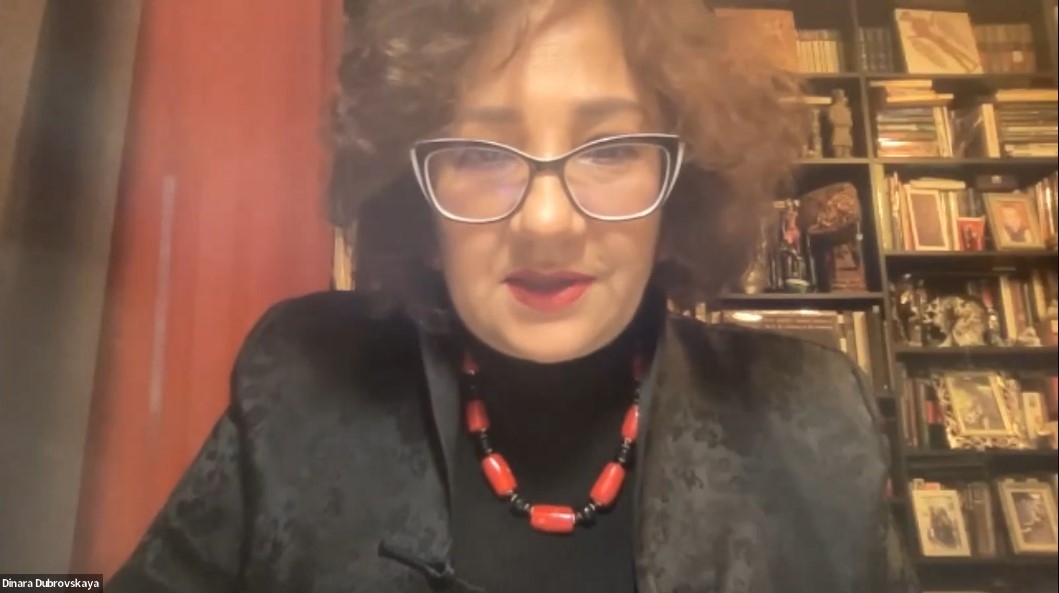The HKBU Jao Tsung-I Academy of Sinology is honoured to form a partnership with the Institute of Oriental Studies (IOS), Russian Academy of Sciences and devise a five-year plan together, to forge a stronger bond between the two institutions, and by extension the two sinological communities, in terms of teaching and research while developing exchange and cooperation opportunities in these areas.
From October this year to June 2022, JAS and IOS, will co-organize an
online monthly seminar series titled “New Perspectives on the Old World.” Speakers from world-leading institutes will take turn as keynote speakers and give online lectures. Through this initiative, we will leverage the competitive advantages of the three distinct sinological communities and engage in a series of high-end, cutting-edge discussions in key academic issues in Sinology. Welcome to the first lecture series under the partnership agreement between JAS and IOS!
No registration is required for this lecture series. All are welcome to attend online:
Zoom Meeting ID: 938 7710 9210
Password: hkbujas
HKBU students: For CCL attendance, please register via SLES beforehand, and log in Zoom with HKBU email account (watching Youtube Live is not counted).
Second Lecture: All roads lead from Rome: Tendencies and metaphors of Christian proselytization in China (ca. 600–1700s) [Updated speech title]
Date: 25 November 2021, Thursday
Time: 16:00-17:30 (Hong Kong time)
Speaker: Dr. Dinara Dubrovskaya (Assistant Professor and Chair of the Department of Oriental History, Institute of Oriental Studies, Russian Academy of Sciences)
Language: English
Moderator: Dr. Adam Schwartz (Associate Director, Hong Kong Baptist University Jao Tsung-I Academy of Sinology)
Summary (Recorded by Wang Xueting):
In the second lecture, Dr. Dubrovskaya first discussed some key issues and figures in the history of Christian proselytization, comprising the introduction of Nestorius, Francis, Ignatius, Dominic etc., and also extended it to include some empires and leaders both in China and the West that are not commonly included in that story, such as the Emperor Wu of Han and Xuanzang, Achaemenid Empire and Alexander the Great.
Citing the Age of Discovery, the Ebih-Il statue (Mari) and the missionary activities of Martin Luther (1483–1546) and Erasmus of Rotterdam (1466–1536) as examples, Dr. Dubrovskaya then introduced the main denominations and policies of Christian proselytization in China, and how the rays of Nestorian Christianity were able to reach as far as Tang China. In addition, in order to illustrate the Franciscan push during the Yuan dynasty, Dr. Dubrovskaya cited the 1241 Battle of Legnica, St. Francis’ and Sultan’s negotiation efforts in Damietta (1219), the Mongolian garrison at Alanya, the 1543 founding of The Jesuits (also known as The Society of Jesus) in Paris, and the expeditions of Zheng He.
Dr. Dubrovskaya concluded her lecture by describing the important effect Empress Wu Zetian (624–705) had exerted on Christian proselytization in China and finally by stressing the critical role played by Giuseppe Castiglione (1688–1766). Castiglione entered China as a missionary, but far from being expelled from the Forbidden City after the Yongzheng Emperor’s ban on Christian missionary activity, he continued to receive deferential treatment. An important reason for this was his post as court painter. (Castiglione painted several famous paintings, such as a portrait of the young Qianlong Emperor.) Crucially, in spite of all this, Castiglione never forgot his mission. Missionaries like him played a fundamental role in the spread of Christianity in China.
Video: Please click either to watch: HKBU Library website, or Youtube Live replay
